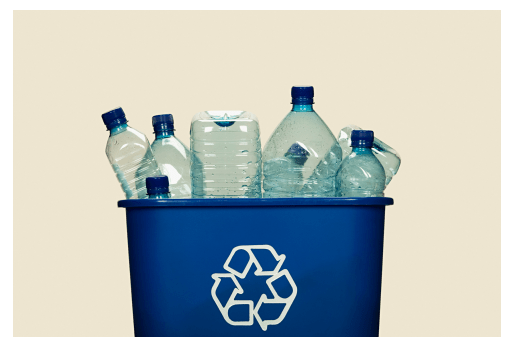Recycling: Plastic Recycling

A closer look at plastic recycling
When speaking of recyclable plastics, firstly let’s make sure we’re all on the same page. Hard plastics, like bottles and containers, should have the recycling symbol with a number on it from 1 – 7. This number identifies the type of plastic used in the material, which allows recyclers to determine how to sort it.
Flexible plastics, like film, plastic wrap and plastic bags, are not currently accepted in the curbside recycling program. Plastic bag recycling is currently a specialized process however please check with your local grocery store(s) to see if you can return plastic bags.
Other plastic items, like large, lockable containers, children’s toys, slides, etc. are also not accepted in the curbside recycling program. If the item is in good condition, consider donating it to a local charity. You can check for a specialized recycling program in your area that may accept some of these items.
The most commonly recycled plastics are plastics #1 (PET) and #2 (HDPE).
PET plastics are the most widely recycled world-wide. These plastics are used to not only create more bottles, but can be broken down into flakes, spun as yarn and used to create clothing and textile items like polar fleece clothing, backpacks, carpets and t-shirts! There are also some areas that are reusing these bottles as construction material in building housing in third-world countries.
HDPE plastics, which can be clear or colored plastic, are commonly reused to make non-food bottles and containers for items like laundry detergent, motor oil, household cleaners and more. These items can also be used to make things like plastic lumber, tables, benches and other plastic products.
To learn about the other types of plastics and what happens, click here